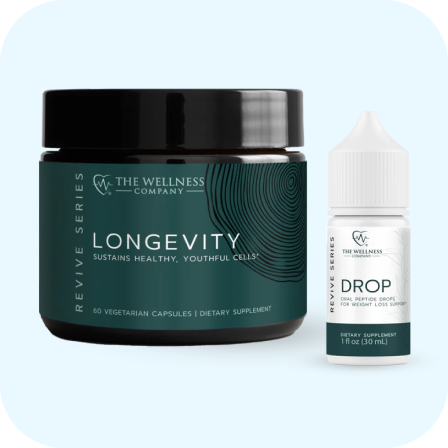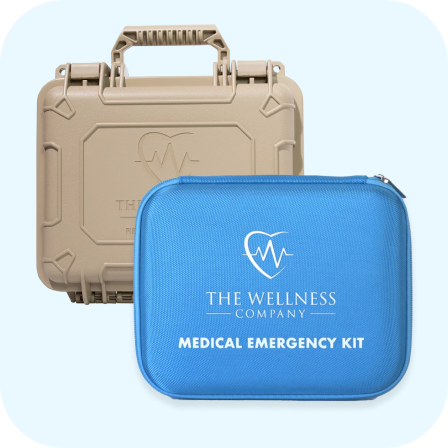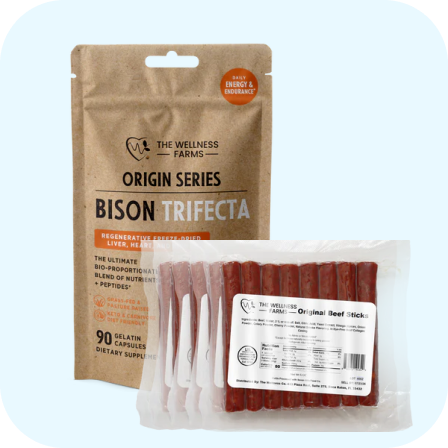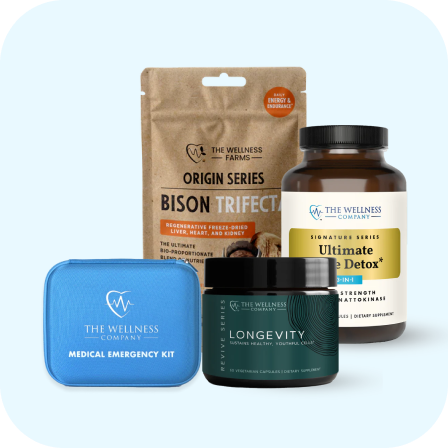Do You Need a Binder During a Cleanse?

What Type of Binder to Use?
So, you are planning on doing a cleanse, but you may be wondering: once you kill the parasites or remove other toxins, such as heavy metals, from tissues, where do they go—and will they get reabsorbed?
According to Dr. Hadar Elbaz, a functional medicine practitioner and doctor of acupuncture and Chinese medicine (DACM), using a binder during a cleanse is not only important but required.
Parasites hold on to heavy metals, so whether you are doing a parasite cleanse, such as our Dual Action Parasite Cleanse, or a heavy metal cleanse, you will need to use a binder to attract and trap the resulting toxins that are released into your gastrointestinal tract.
What Is a Binder?
A binder is a substance—such as activated charcoal, bentonite clay, chlorella, and others—that is taken orally to attract and trap toxins, heavy metals, and other harmful substances in the gastrointestinal tract.
Its Purpose
The purpose of a binder is to prevent toxins from being reabsorbed into the bloodstream and to help escort them safely out of the body through the stool. The liver naturally processes toxins and releases them into the bile, which then enters the intestines. Without a binder, many of these toxins can be reabsorbed through the gut lining and recirculate in the body, potentially causing a “healing crisis” or worsening detox symptoms such as headaches, fatigue, or bloating.
As stated before, parasites hold on to heavy metals, so it is best to take both parasite and heavy metal binders at the same time.
Why Use More Than One Binder?
Different binders have an affinity for different types of toxins, which is why a combination or “broad-spectrum” approach is often used in comprehensive detox protocols. Parasite and heavy metal cleanses often require different binders, but some binders overlap.

Examples of Binders
For a Parasite Cleanse
- Activated charcoal: Excellent for acute detox, binding a wide range of toxins and microbial byproducts, and reducing “die-off” symptoms.
- Bentonite clay: Attracts and binds positively charged toxins, including some heavy metals and mycotoxins.
- Zeolite: A volcanic mineral with a porous structure that works like a magnet to trap various toxins and heavy metals.
- Fulvic/Humic acid: Gentle binders derived from decomposed plant matter that bind toxins and enhance nutrient absorption.
For a Heavy Metal Cleanse
- Activated charcoal
- Zeolite
- Chlorella
- Fulvic/Humic acid
- Modified citrus pectin
Detailed Binder Properties
- Zeolite: Zeolites exhibit targeted medical detoxification properties. They directly adsorb and remove toxic heavy metals (such as lead) from the gut, significantly lowering metal absorption, with clinical evidence in animal models (1,2).
- Activated Charcoal: Activated charcoal is a frontline intervention for moderate to severe intoxications. It adsorbs a wide range of toxins, preventing their gastrointestinal absorption and facilitating elimination, particularly when taken promptly after exposure (3).
- Bentonite Clay: Acts as a detoxifying agent due to its poly-cationic properties. It binds and absorbs negatively charged toxins, including some pesticides and herbicides, effectively in both in vitro and in vivo studies (4,5,6).
- Chlorella: Chlorella vulgaris accelerates heavy metal detoxification. Oral administration in animal models promotes binding and excretion of heavy metals by inducing metallothionein-like proteins. Studies report significant removal of metals like copper, lead, and zinc from water, supporting chlorella’s use in internal detoxification (7).
-
Broccoli Sprouts: Upregulate detoxification gene expression in vivo. Daily intake increases liver expression of phase II enzymes (like glutathione-S-transferase) and enhances glutathione synthesis, improving resistance to liver injury by various toxins. Clinical trials show broccoli sprouts enhance detoxification of airborne pollutants and increase excretion of toxins like benzene and acrolein in humans (8).
Fulvic Acid: Compounds like fulvic acid can attach to heavy metals within the digestive system, stopping them from entering the bloodstream and aiding their elimination through excretion (9). - Humic Acids: Possess antioxidant and adsorption capabilities. Their chelating ability makes them useful for binding toxins and reducing heavy metal poisoning. Studies indicate they protect against intoxications by lowering toxic metal burden and oxidative stress (10).
- Modified Citrus Pectin (MCP): Shown in high-quality, non-commercial research to detoxify the body by binding and enhancing excretion of toxic heavy metals like lead, mercury, cadmium, and arsenic. MCP acts as a chelating agent, making these metals less biologically active and increasing their elimination in urine (11).
Before you start any cleanse or use a binder, consult with a qualified health practitioner for guidance. Even binders have side effects and can interact with medications.
References
- Kraljević Pavelić, S., Žižak, Ž., Kraljević Pavelić, J., & Baković, M. (2018). Critical review on zeolite clinoptilolite safety and medical applications in vivo. Frontiers in Pharmacology, 9, 1350. DOI | PMC
- Wibowo, R. A., Son, M., Lee, H., & Yang, J.-K. (2024). Natural zeolite for heavy metal removal. PLOS ONE, 19(4), e0297844. DOI
- Zellner, T., Prasa, D., Färber, E., et al. (2019). The use of activated charcoal to treat intoxications. Journal of Medical Science, 91(2), e647. DOI
- Jiang, Z., Zhao, R., Liu, B., et al. (2024). Effects of dietary bentonite supplementation on broiler chickens. Animals, 14(4), 4797. DOI
- Williams, J. D., Lunn, J., & Harbison, R. D. (2015). Bentonite clay as a natural remedy: A brief review. Iranian Journal of Medical Sciences, 40(2), 84–91. PMC
- Jaynes, W. F., Zartman, R. E., & Hudnall, W. H. (2019). A high capacity bentonite clay for the sorption of aflatoxins. Applied Clay Science, 174, 213–221. PMC
- Kyratzopoulou, E., et al. (2025). The Efficiency of Chlorella vulgaris in Heavy Metal Removal. Clean Technologies, 7(2), 35. DOI
- Yin, L., Li, R., et al. (2015). Broccoli sprout extract induces detoxification-related gene expression. World Journal of Gastroenterology, 21(34), 10223–10232. PMC
- Patsnap Eureka. (2025). Fulvic acid vs. humic acid: Effectiveness in toxic metal absorption. Read Report
- Vašková, J., et al. (2023). Therapeutic Efficiency of Humic Acids in Intoxications. Life (Basel), 13(4):971. DOI
- Remedy's Nutrition. (2025). Modified citrus pectin for heavy metal detox. Read Article
Written by Brooke Lounsbury






















